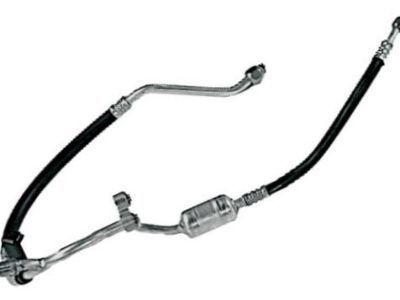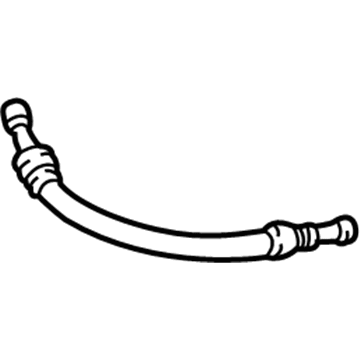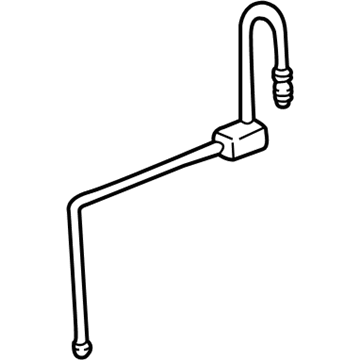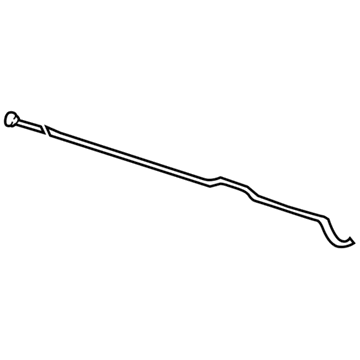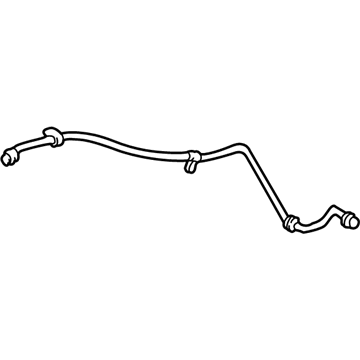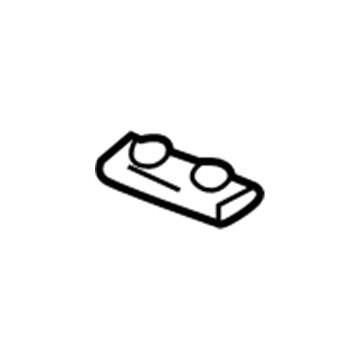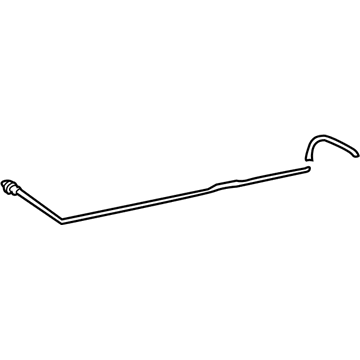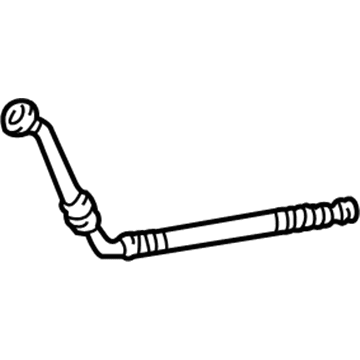ChevyParts
My Garage
My Account
Cart
OEM Chevrolet Astro A/C Hose
Air Conditioning Hose- Select Vehicle by Model
- Select Vehicle by VIN
Select Vehicle by Model
orMake
Model
Year
Select Vehicle by VIN
For the most accurate results, select vehicle by your VIN (Vehicle Identification Number).
47 A/C Hoses found

Chevrolet Astro A/C Hose Part Number: 15694185
Chevrolet Astro A/C Hose Part Number: 15592027
Chevrolet Astro A/C Tube Part Number: 15694189
Chevrolet Astro A/C Tube Part Number: 15694193
Chevrolet Astro A/C Tube Part Number: 15697636
Chevrolet Astro A/C Hose Part Number: 15600396
Chevrolet Astro A/C Tube Part Number: 15959977
Chevrolet Astro A/C Tube Part Number: 15656148
Chevrolet Astro A/C Tube Part Number: 15694188
Chevrolet Astro Tube Part Number: 15694195
Chevrolet Astro A/C Tube Part Number: 15650812
Chevrolet Astro A/C Tube Part Number: 15694191
Chevrolet Astro A/C Tube Part Number: 15959981
Chevrolet Astro A/C Tube Part Number: 15694186
Chevrolet Astro A/C Tube Part Number: 15988541
Chevrolet Astro A/C Tube Part Number: 15694194
Chevrolet Astro A/C Tube Part Number: 15650803
Chevrolet Astro A/C Hose Part Number: 15650660
Chevrolet Astro A/C Hose Part Number: 15563103
Chevrolet Astro A/C Hose Part Number: 15600398
| Page 1 of 3 |Next >
1-20 of 47 Results
Chevrolet Astro A/C Hose
Want to cut long-term maintenance and repair costs? Choose OEM A/C Hose. Those parts deliver top durability you can trust. On our site, you'll find a huge catalog of genuine Chevrolet Astro parts. Prices are unbeatable, so you can keep more in your pocket. Every OEM Chevrolet Astro A/C Hose includes a manufacturer's warranty. You can also get an easy return policy that keeps buying risk free. Fast delivery, get your car on the road quickly. It's simple to search, compare, and order. Stop guessing about quality or fit. Order today and save with parts that last.
The A/C Hose is a proper feature of the Chevrolet Astro vehicles; it is an automobile part for air conditioning systems widely known for its quality and effectiveness. This A/C Hose helps in the transportation of refrigerant which as you know is crucial in the cooling process of the cabin and therefore the comfort of the ride. This hose is specifically intended to withstand the pressures that recorded from the refrigerant gas, the A/C Hose has aluminum fitted at both end, crimped; to reduce leakage and add safety to the Chevrolet Astro. Versatility as a service is further supported by compatibility with different Chevrolet Astro models; it is crucial to the air conditioning system of all models of Chevrolet Astro. The A/C Hose not only aids in the amovement of refrigerants but also has a major part to play in the-performance of the Chevrolet Astro which enhances the efficiency of the vehicle. Some of the qualities which make A/C Hose unique in the automotive market include; Its is durable, and it does not leak, which are qualities that are expected from Chevrolet products. Chevrolet Astro was produced in the years 1985-2005 and is still a great example of Chevrolet line that follows aims at providing high quality and tend to innovation elements Hence, it is essential to use A/C Hose element of Astro. All in all, it can be concluded that the A/C Hose is essential for any owner of a Chevrolet Astro under the condition they value reliability and performance of the air conditioning system.
Chevrolet Astro A/C Hose Parts Questions & Experts Answers
- Q: How to replace the Rear A/C Hose on Chevrolet Astro?A:The first step when replacing an auxiliary rear evaporator tube calls for complete recovery of refrigerant followed by vehicle elevation and support. Start the replacement by detaching the auxiliary evaporator rear outlet tube from its outlet side tubes and continuing with removing the auxiliary evaporator rear inlet tube from its inlet side tubes. The replacement process requires removing three bolts which secure the clips to the body and the nut holding the tube against the auxiliary evaporator module. Afterward, remove the tube from the auxiliary evaporator module and the seal washers. Begin tube installation with the seal washers and proceed by mounting the tube to the auxiliary evaporator module while tightening the nut to 25 N.m (18 lb ft). Fasten the retaining bolts for the body-tube clips before securing them with 4 N.m exertion (35 lb in) torque. First connect the auxiliary evaporator rear inlet tube with the auxiliary evaporator inlet side tube while tightening the nut to 27 N.m (20 lb ft) then proceed with the attachment of the auxiliary evaporator rear outlet tube with the auxiliary evaporator outlet side tube by tightening the nut to 47.5 N.m (35 lb ft). The vehicle should be lowered afterward for system evacuation and recharging together with a Halogen Leak Detector (J 39400-A) to inspect fittings for leaks at the repaired or reinstalled component.
